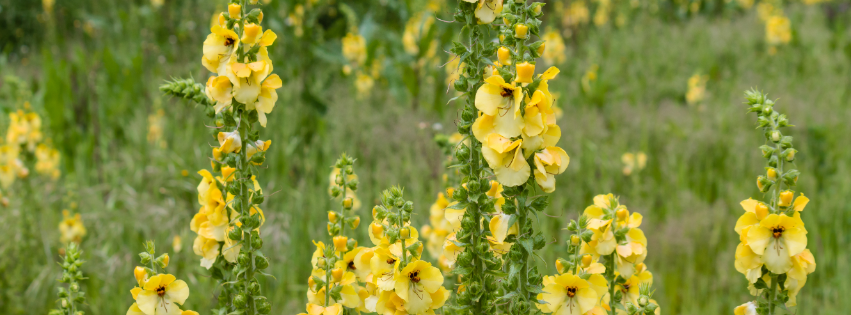Invasive Species
%20(3).png)
Diversifying the Capacity of the District’s Lab to Provide Genetic Identification of Invasive Plants
Historically, the Teton County Weed and Pest Lab served primarily the vector surveillance side — the PEST side — of Weed & Pest. A vital component of any effective vector surveillance program is, of course, species identification (microscopy). At one point, that was the lab’s primary function. As my colleague Mikenna Smith, Entomologist at TCWP, likes to say, the lab was once “a closet with a microscope.” But over time, Mikenna transformed that closet into a functioning laboratory — evolving it to meet the growing needs of a modern vector surveillance program. This included adding qPCR-based pathogen testing and implementing a tick surveillance program.

Weed vs. Invasive Plant
We’re often asked: what’s the difference between weeds and invasive plants? They’re both unwanted, often tough to remove, and we offer tips for control and extermination for both. With so many overlaps, it can be confusing to tell the difference. We’re here to help spell out what makes a weed a weed, what makes an invasive plant an invader, and how to tell the difference.

Weed of the Month: Scentless Chamomile
For this Weed of the Month, we’re sniffing out an invasive pest that’s all looks, no substance: scentless chamomile. Despite its looks, this weed is no daisy: it can harm livestock and overtake areas if left unchallenged.

Weed of the Month: Common Mullein
We’re highlighting an uncommon annoyance for this Weed of the Month: the common mullein. This invasive plant grows big and tall, spreading countless long-lived seeds that can outcompete native plants. Fighting an infestation can be tough, but we know how to give you an edge.

Weed of the Month: Bull/Musk Thistle
This Weed of the Month is a two-for-one deal: we’re covering bull thistle and musk thistle. They have a lot in common, from bright purple flowers to pesky spikes, with a few key differences we’ll highlight. Their most important similarities? They won’t stand a chance against you after you’re done reading.

Weed of the Month: Bittersweet Nightshade
For this Weed of the Month, we’re bringing bittersweet nightshade into the light. Here are some tips for identifying and managing infestations to protect your family, pets, and livestock from this toxic invader.
.png)
Partner With Us For PlayCleanGo Week!
PlayCleanGo week is back from June 1st - June 8th this year! Together, we can celebrate the ways we can each make a difference in preserving our public lands, national parks, forests, rivers, lakes, and waterways.
.png)
Citizen Scientists Needed!
Anyone can become a Citizen Scientist, regardless of age or background. It only requires time, curiosity, and a sense of wonder. Citizen Science empowers people from diverse backgrounds to actively participate in scientific research by collecting data, which accelerates problem-solving efforts and enhances the speed at which scientists can reach conclusions. For example, Citizen Science is particularly helpful for research on ticks, as both ticks and tick-borne diseases are underreported in Wyoming and the Rocky Mountain region. Together, we can change that.

Tick Bite Prevention Week
TCWP urges residents and visitors to take steps to avoid tick bites and tick-borne diseases in recognition of Tick Bite Prevention Week.